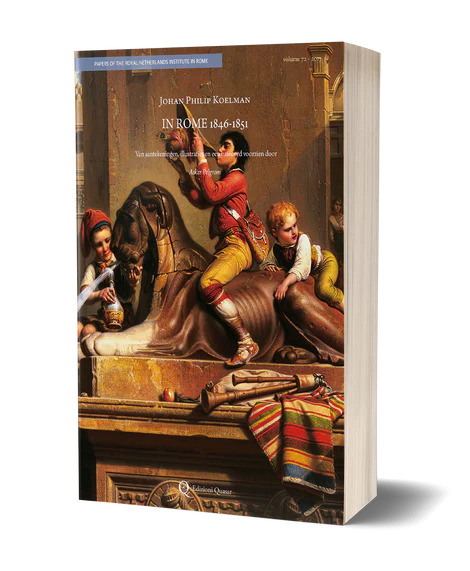
27 februari 2024
In de reeks Papers of the Royal Netherlands Institute in Rome is de nieuwe, wetenschappelijke editie verschenen van Johan Philip Koelman’s In Rome 1846-1851 (1869), van aantekeningen, illustraties en een nawoord voorzien door onze collega Asker Pelgrom. Het boek...
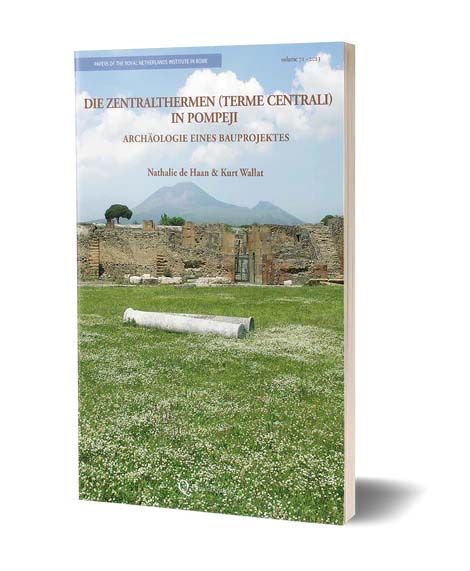
18 september 2023
Die Terme Centrali nehmen unter den öffentlichen Bädern Pompejis eine Sonderstellung ein. Während die Stabianer Thermen und die Forumsthermen eine lange Baugeschichte mit häufigen Modifikationen in sich tragen, handelt es sich bei den Terme Centrali um einen Neubau...
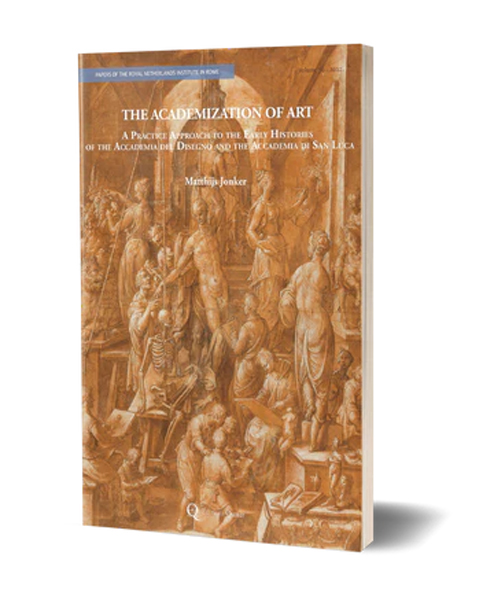
16 december 2022
The Florentine Accademia del Disegno (founded in 1563) and the Roman Accademia di San Luca (founded c. 1593) were the first official art academies in Europe. In their early years these institutions performed a variety of functions, which included the organization of...
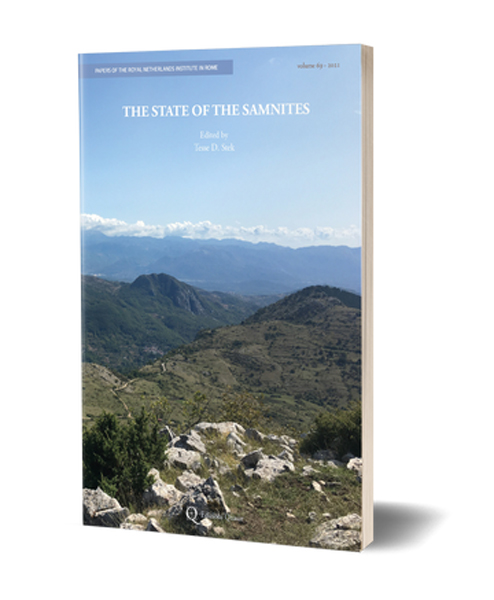
16 december 2022
As Rome’s most notorious opponents on Italian soil, the Samnites have always occupied a special position in scholarship on ancient Italy and early Roman imperialism. The prominence of the Samnites in classical studies can be traced directly to Livy’s detailed account...
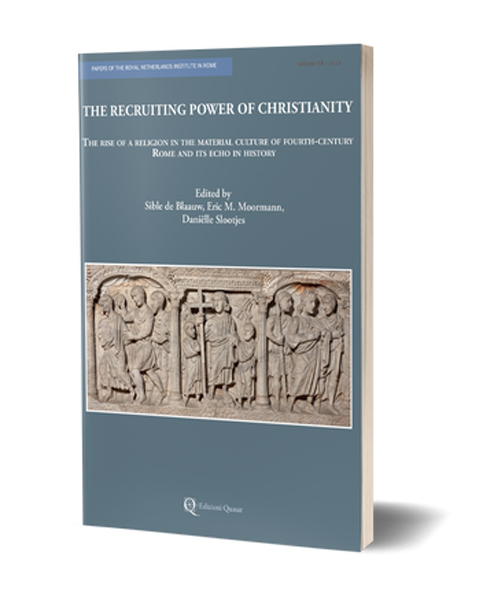
16 december 2022
This collection of essays addresses the question of the recruiting power of Christianity within the Roman Empire, seen through the lens of the material and visual culture of the city of Rome. Its making was inspired by the exhibition Rome: The Dream of the Emperor...





